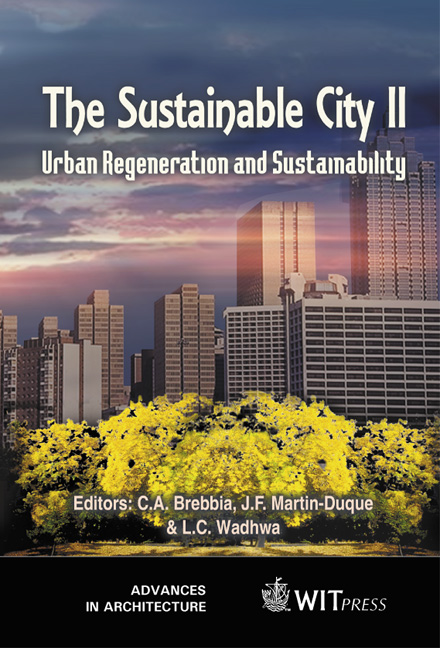Designing Public Space For Sustainability: Lessons From Historical Perspectives
Price
Free (open access)
Transaction
Volume
54
Pages
Published
2002
Size
624 kb
Paper DOI
10.2495/URS020391
Copyright
WIT Press
Author(s)
R Bornberg
Abstract
High standards of urban design are believed to be important for sustainable and lively environments. When urban areas fall into disrepair the amenity of such areas decline. Quality of life is eroded, which leads people to move out. In response, many countries produce design guidelines. However, how good urban design can be evaluated and how planning, politics and design of public spaces interface, is a not well investigated area. Building on historical examples, this paper explores the interaction between politics, planning process and the design of public spaces from a designer's persepective. The issues of sustainability and "good" urban design will be focused on and how spatial design influences human behaviour. Awareness of these relationships seems to have diminished during the last two centuries in design practice. For brevity, these relationships will be exemplified by discussing two historic examples of public squares - Piazza del Campo (Siena, Italy) and Place Vendome (Paris, France). Both squares are well known within the urban design community and are commonly regarded as being good urban design. The two plazas are chosen as they were built in different centuries under different political backgrounds. The connections between the political agenda and resulting spatial design of both squares will be discussed. It will be highlighted how people in historic times used the squares and how, until today, design determines how people use these squares, although the underlying political and social situations are different. Issues will be shown that need to be considered in the current urban design debate which is ongoing in political and professional circles.
Keywords





